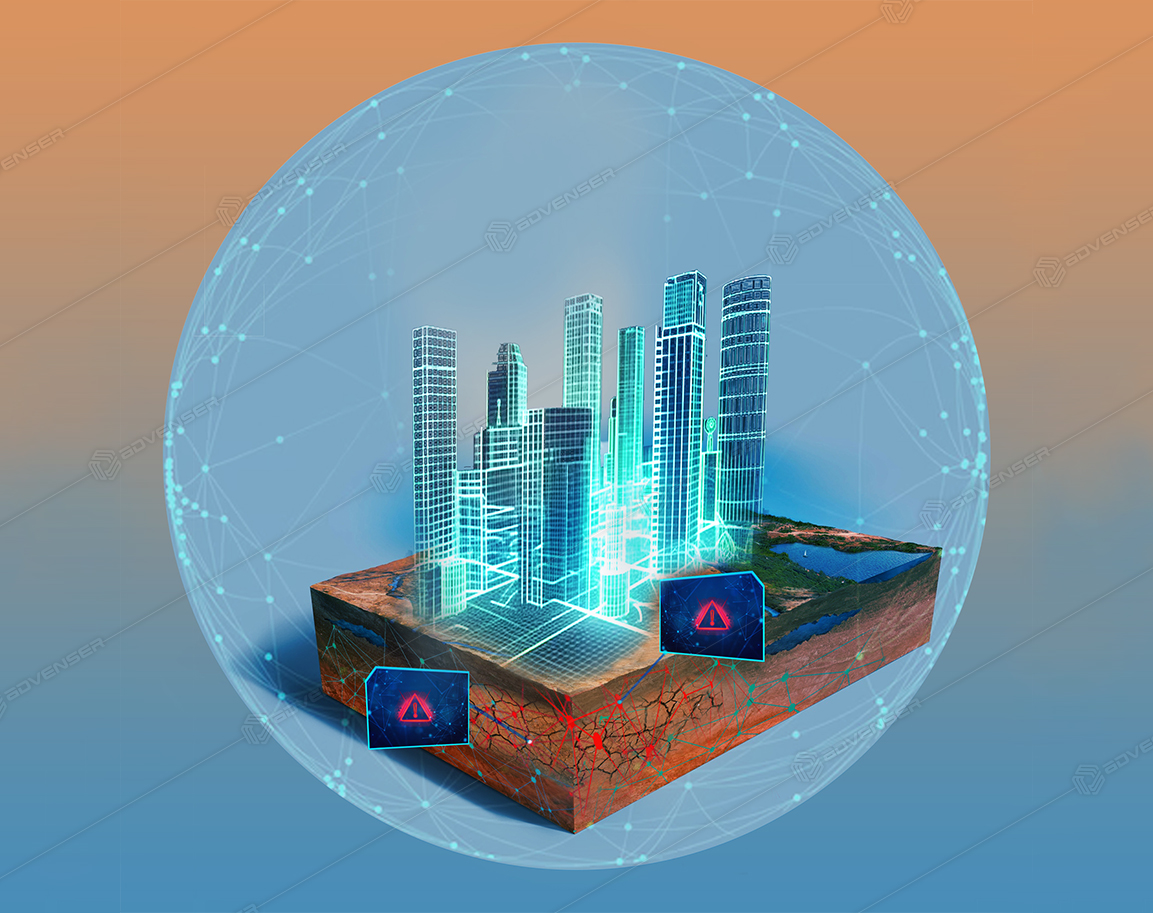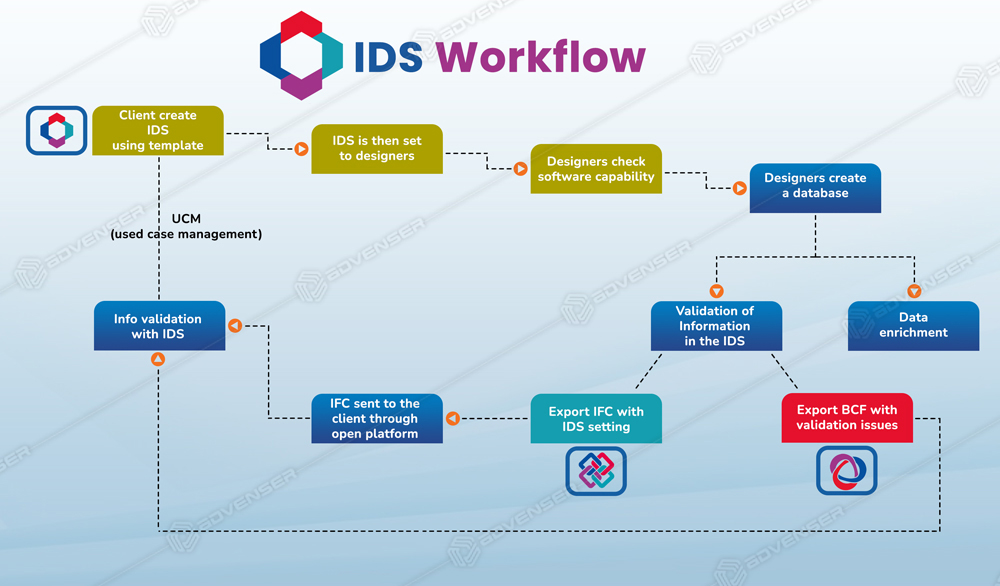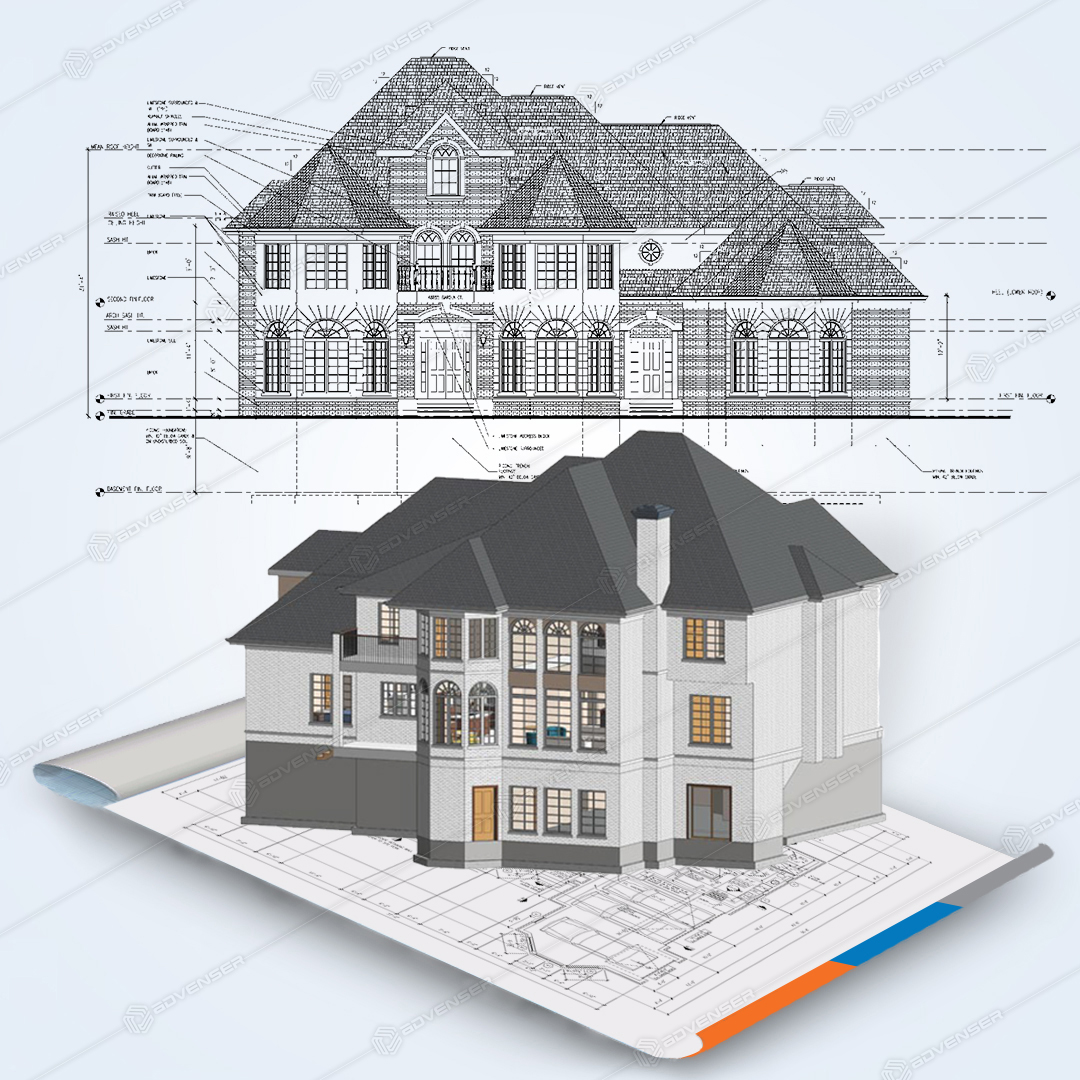Started as plain geometrical 3D modeling, BIM has now evolved to be a versatile process aiding in
Time scheduling (4D Modeling) and Cost Planning (5D BIM Modeling). Deploying BIM in cost estimation has proven to be enormously beneficial to the stakeholders. Let us have a look at the few of the benefits.
1. Efficiency and Predictability
With a large sum of money being invested in the construction industry every day, construction firms and stakeholders need efficiency and predictability.
Traditional QTO (Quantity Take Off) process involves manually selecting the individual elements from the CAD drawings, using software to automatically determine the dimensions for take-off, and inputting the quantities into the QTO list.
This process requires estimators to spend a substantial amount of time on generating the QTO of the entire drawing. Since the selecting and measuring processes are all based on manual operations errors and omissions happen during the QTO process.
BIM platforms like Revit has great potential. It saves the painstaking process of manually understanding the drawings and then calculating QTOs from the blueprints. This results in greater accuracy and almost nil uncertainty.
2. Interoperability for General Contractors
GC’s are the most benefited people with BIM-based cost estimating and QTOs. The conventional methods followed using 2D drawings consumes a hell lot of time. By the addition of 4D and 5D elements to the 3D BIM model, the entire process of cost estimation can be done in a unified environment.
Design data exchanges with COBie formats have enabled professionals from across the discipline to share and exchange the information without design data loss. This has enabled GC’s to trust their decisions more and become an expert in resource management.
3. Easily evaluate design options
Whenever there is a change in design geometry or quantity, the changes are automatically reflected in costs. This gives design engineers the freedom to alter the designs without worrying about the tedious process of calculation from scratch.
4. Quicker Take-off’s
Estimating with BIM enables general contractors and construction managers to improve their efficiency, win more work and maximize the profitability of projects. With the right tools and team in place, it’s possible to unlock the full potential of 5D BIM to shorten project schedules, lower costs, and improve the overall quality of design, construction and operation. This results in reducing the overall project time by half.
5. Helps stay in budgets
On-screen quantity takeoff (5D BIM) offers an interface that supports better decision making for engineers and contractors. Linking BIM platforms to cost calculating software packages, allows quantity surveyors, estimators and planners to evaluate the impact design changes can have on cost and help stay on budgets. It also reduces the iterations needed for estimation and bidding becomes accurate.
6. Better Cost forecasting with BIM
Implementing BIM enables designers and contractors to leverage the power of information built up in their projects for better cost control and forecasting.
There are three main options to leverage BIM for quantity takeoff and to support cost estimation.
- Export building object quantities to estimating software
- Link the BIM tool directly to an estimating software
- Use a BIM quantity takeoff tool
By adding cost data to BIM models as the project progresses, historic cost information can be collected on a granular level that was previously very difficult to achieve using 2D drawing methods. Cost information will be available for every single component in a project, down to a single brick. This is how BIM enables a greater understanding of component costs.








